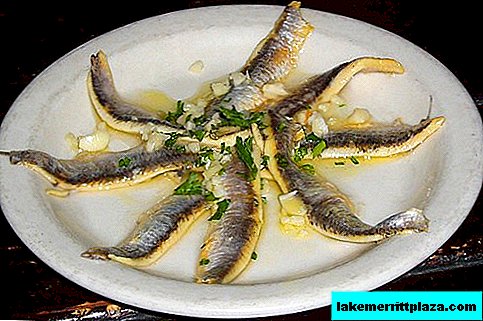Ponte Pietra (Ponte Pietra) - the only arch bridge in Verona, which was built in the era of the Roman Empire and has survived to this day almost in its original form. The name literally translated from Italian means "Stone Bridge". The length of the structure is 120 meters, the width is slightly less than 4 meters. Connecting the banks of the Adige River, at one end it literally rests against an old watchtower.
Story
Ponte Pietra is the first stone bridge built on the territory of modern Verona around the year 89 AD. It consisted of five spans, made in the form of arches, and was originally called Pon Marmoreus (Pon Marmoreus) - Marble Bridge, based on the main material that was used for construction. In antiquity, the Postumiev road ran along it, connecting the trading city of Genoa and the Brenner Pass in the Alpine Mountains.

Due to the large number of reconstructions, Pont Marmoreus changed his name (and, accordingly, the main masonry material) and became known as Ponte Pietra. Next to it was built a similar arched bridge - Ponte Postumio (Ponte Postumio). Together, they framed the ancient Roman Theater with a single architectural ensemble, partially preserved to this day.

Toward the end of World War II, the Germans, retreating from the dilapidated Verona, blew up all the bridges in the city, including the old Ponte Pietra. Fortunately, photographs and technical specifications of the structure have been preserved. This made it possible at the end of the war to raise fragments from the bottom of Adige and rebuild it, almost completely preserving its original form. True, the marble masonry had to be partially replaced with other materials, including red brick. As a result, Ponte Pietra acquired a rather original appearance, which is known to the current inhabitants and guests of Verona.
Places nearby Ponte Pietra
Other interesting sights of Verona are located near Ponte Pietra. The most important of them is the ancient Roman Theater (Teatro Romano), built at the beginning of the 1st century AD. Fragments of the orchestra, where there were places for noble spectators, a stage and part of an ancient temple, which was part of the theater complex, have been preserved to the present.
Not far from the Roman Theater is the monastery of San Girolamo (San Girolamo) interesting primarily because it houses the archaeological museum, which has a rather rich exposition.
Crossing the river, you can find yourself next to the church of St. Stephen - one of the most revered heavenly patrons of all of Europe and especially Italy. According to some versions, it was the church of St. Stephen that once served as the city church of Verona. Together with the bridge, these attractions form an amazingly beautiful architectural complex, which you can admire almost endlessly.








